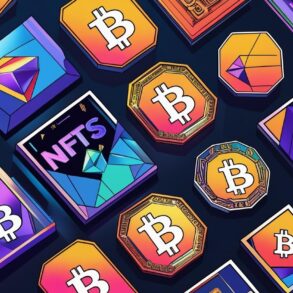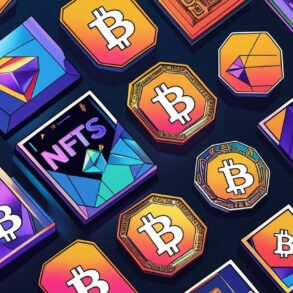
Traditionally, grant programs are associated with science, art, or education. However, recognizing the need for technology proliferation, the crypto industry is seeing an uptick in grant programs despite the latest crypto winter. It isn’t exactly a new idea to fund projects and incentivize builders within the ecosystem. However, just in the last three months, a few prominent crypto companies have announced large funding programs that are publicly available.
When choosing the right program, it is imperative to evaluate a few criteria:
- Often, the program is tied to a particular protocol or layer of infrastructure. And will fund projects only build on that piece of infrastructure.
- Certain programs target builders and developers only, but there are also programs that fund cultural projects and artists.
- Project criteria can vary from public goods to venture-backed companies and bootstrapped startups. The scale of a project also plays an important role.
- The voting process differs. Often, a community plays a huge role in the voting process. However, sometimes, an internal team makes a call on the winners.
- Funding currency. Most of the projects use their native currency to distribute the prizes. For Optimism, it is OP; for polygon, it is MATIC, and so on.
- Timelines vary drastically. It is best to follow each of the projects’ blogs and social media for updates.
Here are a few of the most prominent grant programs to explore in 2024.
Optimism
OP
OP
The Optimism Foundation, the team behind OP Mainnet (previously known as Optimism, an Ethereum Layer 2 scaling solution ranking as the second-biggest layer-2 network atop Ethereum), has launched its first funding program called RetroPGF (which stands for retroactive public goods funding) in spring of 2021. The Optimism Collective, a self-governed collective of the Optimism contributors, was tasked to distribute 1 million OP tokens to fund on-chain public goods. According to the Optimism blog post, “RetroPGF is based on the idea that it’s easier to determine what was useful than to issue proactive grants for what might be useful.” Since then, the program has already run two rounds and is in the process of finalizing the third one while experimenting with defining the notion of public goods in the crypto industry, as well as separating funding rounds among various disciplines (currently We ❤️ The Art program is open for artists’ submissions until January 8, 2024). Not only is there a significant increase in each round’s fund (the current round of RetroPGF is about 30 million OP, which is around $112 million), but there is an extension into various categories that the program is accepting applications into from infrastructure contribution to an NFT
NFT
RetroPGF funding history
Arbitrum
ARB
ARB
Arbitrum is the leading Layer 2 network designed to scale transactions on the Ethereum blockchain, with the team split into two: the Arbitrum DAO and Arbitrum Foundation. The grants program is an ongoing project featuring an open-ended grant submission process where projects can apply for grants whenever necessary. Each phase of the program doesn’t have a set conclusion date but typically spans around three months. The duration may extend until the Arbitrum Foundation determines the goals for that particular phase have been met. The Arbitrum Foundation Grants Program mostly focuses on the developers and builders’ ecosystem who contribute to the infrastructure layer, tools, and apps. Per the program’s website, “for grants relating to education, events, or community projects, please coordinate with the DAO directly.” With the latest Short-Term Incentive Program, or STIP
TIP
Polygon
MATIC
MATIC
Polygon is another Layer 2 scaling solution that aims to improve Ethereum’s scalability using a layered architecture. Polygon Labs has reimagined Polygon Village — a new place for grants, mentorship, and networking for Polygon ecosystem developers. The team announced in November 2023 that the grant program with more than 110 million MATIC is going live (about $100 million). The program utilizes the quadratic funding approach and has three tracks available, promising more programs soon. Two out of three stacks have just closed the application, and the third one is set to reopen applications in February 2024. Different stacks offer different amounts of funding ranging from 100.000 to 170.000 MATIC per team (about $100.000 to $170.000).
Base
Based is an Ethereum
ETH
Whether the traditional upfront grant or a retroactive model, such initiatives allow independent, non-venture-backed projects to emerge and contribute to the larger crypto ecosystem. If resources are used strategically, chances are that builders funded by such programs can sustain healthy growth while developing publicly available products. In the decentralized ethos of the crypto space, grant initiatives play a special role in advancing technology, smart contract development, and decentralized application (DApp) proliferation. These grants often come with expert mentorship, access to a network of industry leaders, and technical support, significantly reducing the entry barriers into the space. After all, grant programs often are more than just a financial lifeline but are becoming incubators for future industry breakthroughs.
Disclosure: I may own NFTs and tokens from the artists and projects I write about, all of which were purchased with my own funds.
This post was originally published on this site be sure to check out more of their content








